One of the many diverse art forms that lie relatively undiscovered in Bihar is the craft of Sujini or Sujani embroidery. Created with the simplest of stitches, with readily available fabrics and at times with well-worn pieces of clothes, Sujani works are generally crafted by women in their free time at home. The craftswomen produce furnishings such as bedspreads, wall hangings, cushion and bolster covers, as well as clothing items like saris, dupattas, and kurtas. Different coloured threads were also symbolically used, such as red, signifying blood, a life force, and yellow for the sun.

(Source: Artist Sharda Karn)
For every important moment in a woman’s life like wedding, birth, and religious functions, stitching continues to be a promising skill. That’s how Sujani embroidery came into existence in the state of Bihar. In fact, the word Sujani itself reflects this principle – ‘su’ means easy and facilitating, while ‘jani’ means birth. The local people are also fond of creating beautiful embroidery of gods and goddesses and hang them on walls.
It is not just a traditional craft, but often used to convey social and political messages. The narratives surrounding it proclaim that social change is the essence and purpose of the craft revival. Tragically similar stories abound: drunk, disabled, absentee, or unemployable husbands, unsympathetic cruel and demanding mothers-in-law, property that has been mortgaged to pay off debts. Alternately, it includes motifs and empowering scenes like a woman as the speaker or host of a public gathering, a female judge, or a scene depicting a woman selling goods and earning a living for herself.

(Source: Artist Sharda Karn)
Today, Sujani embroidery is also practiced in the southern part of Rajasthan for making patterns on Sarees, dupattas and other clothing and home furnishing. The production of this craft is done in about 15 villages of India. The rural women of Muzaffarpur district in Bihar continue to embroider in the Sujani style, using combinations of a fine-running stitch and chain stitch.
Sharda Karn, a Sujani artist who collaborates with MeMeraki, tells us she has seen the women of her family hone this craft since generations. She was taught by her grandmother at a young age and has been able to sustain livelihood through practicing this art and saving the cultural tradition for posterity. Therefore, craft revival is often characterized by nostalgia for perceived aesthetics and lost skills.

(Source: Artist Sharda Karn)
~Written by Khushi Daryani













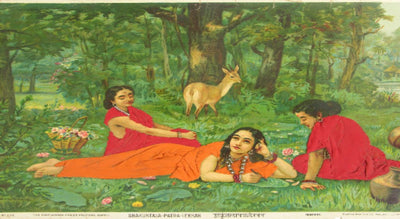
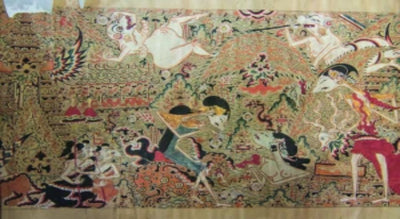
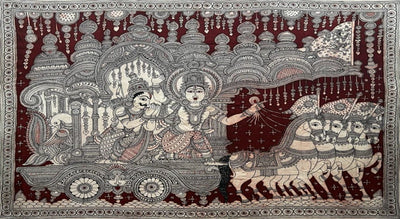

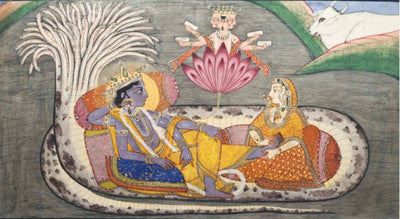
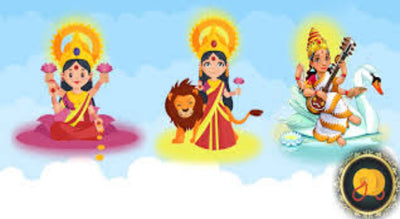
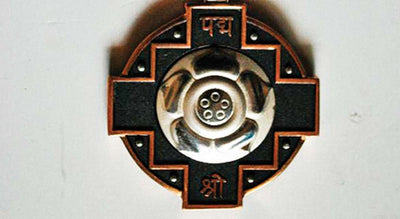

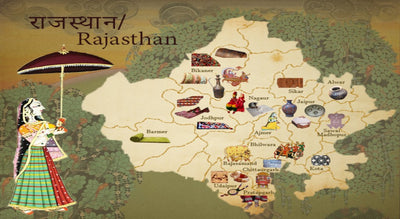
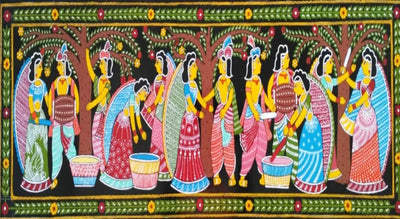
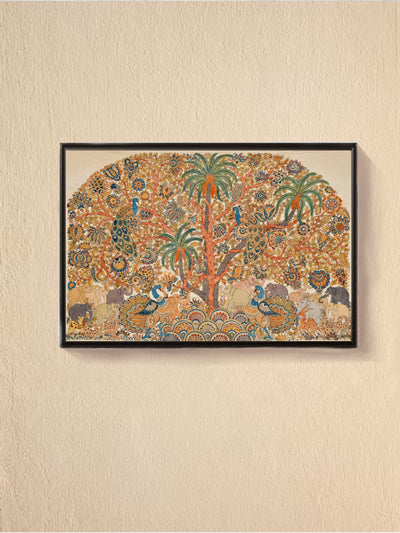







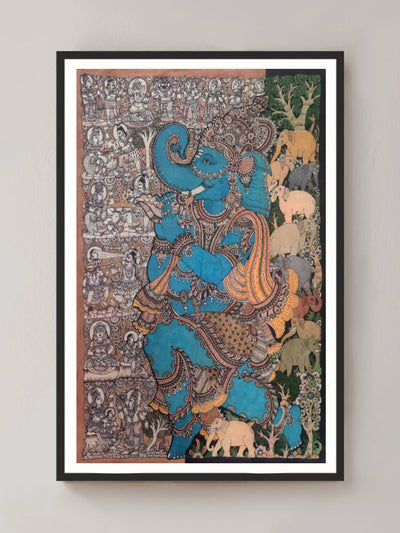








0 comments